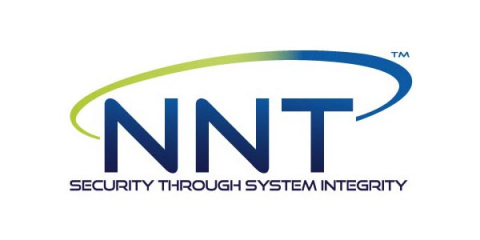Signature and Socket Based Malware Detection with osquery and YARA
Historically, common detection methods have used file hashes (MD5, SHA1, and SHA256)—unique signatures based on the entire contents of the file—to identify malware. Modern threat actors have increased in sophistication to a point where every instance of a given malware will have a different hash, and that hash will vary from machine to machine.





